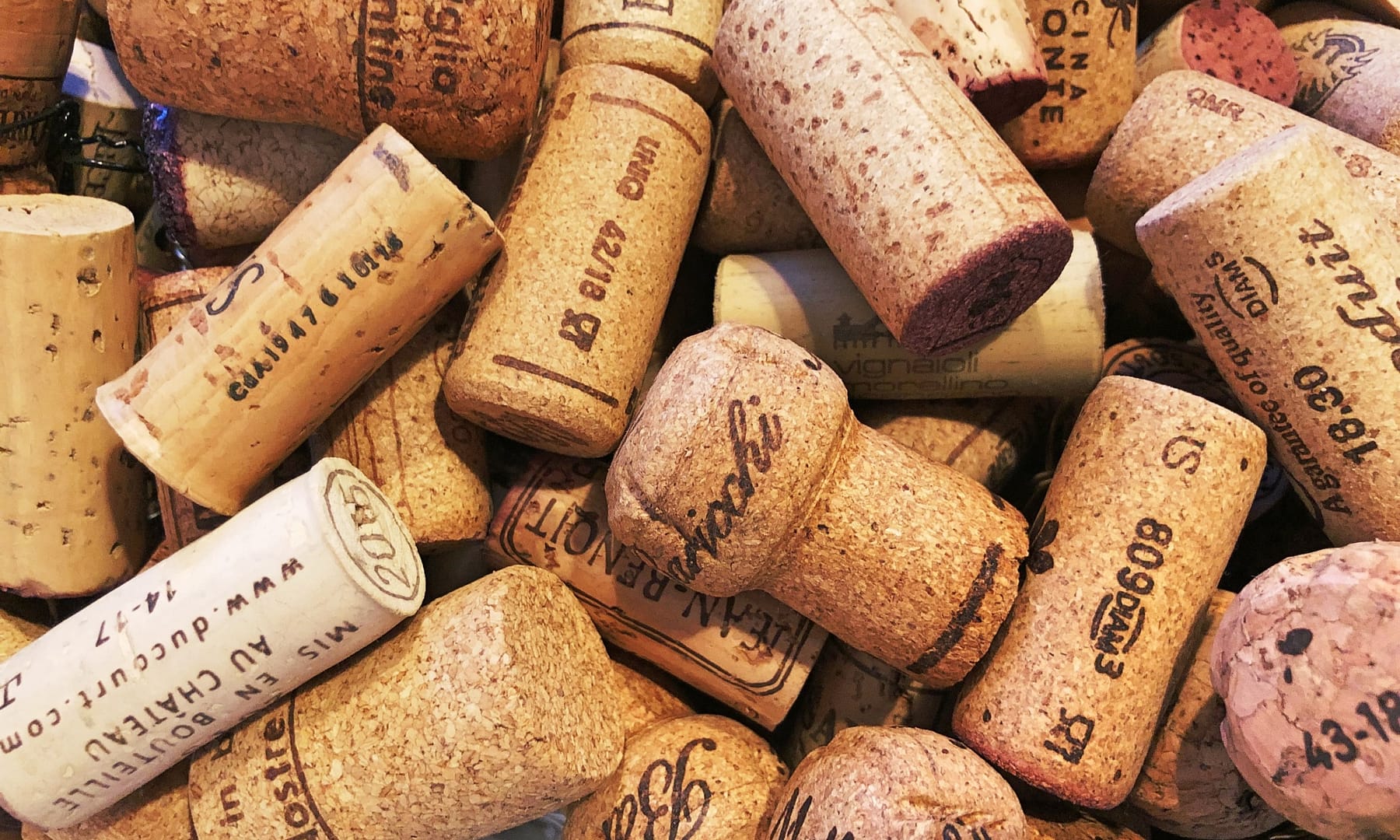Odds were not much in my favour this past week when it comes to corked wine. Three different bottles, at three different locations, all tainted.
It had been a fair while since I have found cork taint. It can be a real turn off when it happens on that bottle and at that occasion.
What is corked wine?
It’s a wine fault that gives the wine a range of unwelcoming scents, suppressing the freshness and fruity aromas. Those only get detected later, after aging, bottling and while serving the wine. This fault occurs regardless of the quality and price level of the bottle.
A corked wine is safe to drink, though the smell can be off putting and render the whole experience not a pleasant one.
Why does wine get corked?
The main cause of cork taint is the presence of the chemical compound 2,4,6-trichloroanisole (TCA) in the wine.
That’s a powerful chemical that can impact the wine even if in really small amounts. The human nose is highly sensitive to the TCA molecule and can perceived it already at about 10 parts per trillion (ppt). That’s smaller than the volume contained in a coffee spoon poured into an full Olympic swimming pool.
TCA is generated from a really specific interaction between cellulose, chlorine and mold. It is commonly formed in the cork and gets transferred to the wine overtime while stored. However, the taint can originate anywhere in the winery where wet surfaces (allowing mold to develop) and chlorine based cleaning products are easily found. TCA can start forming on those places and find it’s way into the wine bottle through barrels, transport systems, wine cases and others.
How often does it happen?
Not that often. The numbers used to be higher in the past, reaching around 9% in 2007, based on a research done in Napa Valley. The wine industry, however, estimates that the rate of corked wines is around 2% nowadays. That 2% can become irrelevant, though, if taint comes to happen exactly on your special bottle.
The reduction in the incidence of TCA in wines is due to new practices being adopted by cork producers and wine makers. Those include:
- change in the chemicals used to treat the cork
- adoption of synthetic corks and screw caps
- reduction in the use of chlorine in the facilities
How to recognize if the wine is corked?
The descriptors mostly aligned with a corked wine are:
- Wet card board/newspaper
- Wet dog
- Dump basement/carpet
Some people are more sensitive to TCA than others and can detect the scents in lower thresholds.
TCA is also known to be a powerful suppressor of olfactory signals. In low levels it might not be strong enough to produce the descriptors above but instead, it can mute the freshness in the wine. If you don’t perceive the expected floral and fruity notes in a wine that is known to you, there is a chance that low TCA levels are impairing your experience. This compound was found to be over a thousand times more effective than other odor blockers used in making perfumes.
What can you do about it?
Unfortunately, there is not much we can do about it. Once TCA gets into the wine there is no way to neutralize it. Actually, if you aerate the wine in a decanter it will increase the effect of the compound.
If you really want to try and improve a corked wine, there are filtration systems you could experiment with at your own curiosity. One of them consists on passing the wine through a sponge of polyethylene. Technically, the TCA molecule has an affinity for the molecule of this plastic, attaching to each other during the filtering. I haven’t tried it yet as I generally don’t carry a block of polyethylene with in my pocket.
In most restaurants or wine stores, you still have the option of returning the bottle if you perceive the wine to be corked. You might be able to get your money back but, unfortunately, not the spoiled occasion.
My thoughts on corked wine
The growing adoption of screw caps and other synthetic materials to seal wine bottles have been reducing the risk of TCA in wine. The use of chlorine in wine producing facilities for cleaning purposes has also been avoided. Still, the risk always lingers… no matter how expensive your bottle.
It is really a bummer when you are saving that wine in a special night, only to find out at the first seconds of service that it’s tainted.
A good story to tell and a great bottle as a back up can do the trick on shifting gears on the discussion. I also found that people are genuinely curious to smell a corked wine and understand what it is like, given that it’s not that common.
Nevertheless, that also makes part of the experience of sharing a bottle of wine. Maybe not for the reasons you expected but, sometimes, a tainted bottle can create a better story than the wine it was holding.


